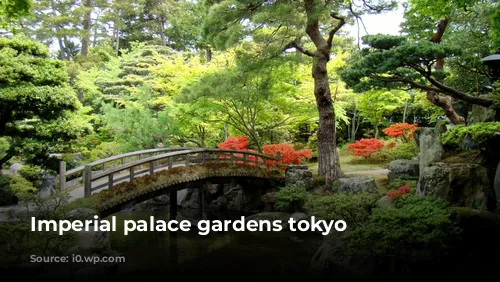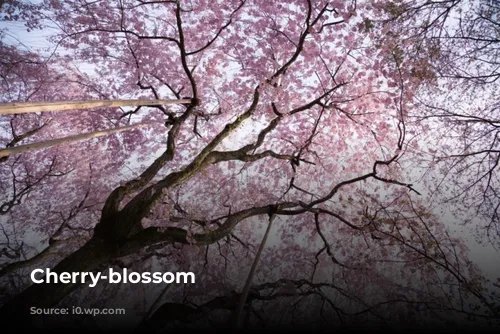Imagine stepping into a serene oasis, a sanctuary of peace amidst the bustling city of Tokyo. This is the experience you’ll have at the Imperial Palace Gardens, a sprawling green space that offers a welcome escape from the city’s frenetic pace.
A Glimpse into Japan’s History
The Imperial Palace Gardens, nestled within beautiful parkland, hold a rich and fascinating history. These grounds were once the site of Edo Castle, a majestic fortress that played a vital role in the city’s establishment. As the residence of the Tokugawa shogun for over two and a half centuries, Edo Castle was a symbol of Japanese power and tradition. During a time when Japan was largely isolated from the world, this castle became a cradle of Japanese customs, including the renowned tea ceremony.
The castle’s grandeur was undeniable. Standing tall with a 51-meter stone wall and guarded by two moats, Edo Castle was the largest castle in Japan. The outer moat stretched 15 kilometers to the Sumida River. Samurai warriors stood vigilant, protecting this fortress until the Tokugawa shogunate was overthrown in 1868 by Emperor Meiji. This pivotal event marked the end of the Edo period and ushered in a new era for Japan, with Tokyo declared the new capital.
While time and natural disasters like fire and earthquakes slowly took their toll on Edo Castle, it’s legacy remains. The Imperial Palace now stands on the castle’s former site, and visitors can still discover remnants of the original structure within the gardens.
Exploring the Imperial Palace Gardens
The East Garden is a haven for those seeking respite from the city’s clamor. Stroll along the winding paths, admiring the beautifully landscaped gardens and the remaining foundations of Edo Castle. From these vantage points, you can enjoy a broader view of the grounds, taking in the tranquil beauty of the plants, trees, and sculptures that dot the park.
For a deeper understanding of the Imperial Family and the history of Edo Castle, join a free two-hour walking tour. Led by knowledgeable guides, these group tours, organized by the JNTO information center, offer a fascinating glimpse into the past. You’ll learn about the Imperial Palace’s significance and the cultural traditions that have shaped Japan.
If you’re fortunate enough to visit on December 23rd or January 2nd, you’ll be treated to a special experience. On these days, the Emperor and his family open the palace gates to the public, offering a unique opportunity to witness the Imperial Family on the balcony. This is a truly cultural event that allows visitors to see the palace in more detail.
A Colorful Display of Springtime Beauty
During cherry blossom season (early April), the Imperial Palace Gardens transform into a breathtaking spectacle. The vibrant pink blossoms create a breathtaking contrast against the lush greenery, drawing large crowds to witness this magnificent display. If you plan to visit during this time, arrive early in the morning to avoid the crowds and fully appreciate the tranquility of the gardens.
Your Journey to Tokyo’s Imperial Palace Gardens
Getting to the Imperial Palace Gardens is easy. The gardens are just a 15-minute walk from Tokyo Station. The closest stations to the East Gardens are Otemachi Station (exit 13b) and Takebashi Station (exit 1a).
The park is open from 9:00 am to 4:30 pm, with closing time at 5:00 pm during the summer (mid-April-August). Admission is free, and the last entry is 30 minutes before closing.
Plan your trip to the Imperial Palace Gardens and discover a tranquil sanctuary in the heart of Tokyo. Immerse yourself in the rich history and serene beauty of this extraordinary place, and create memories that will last a lifetime.



